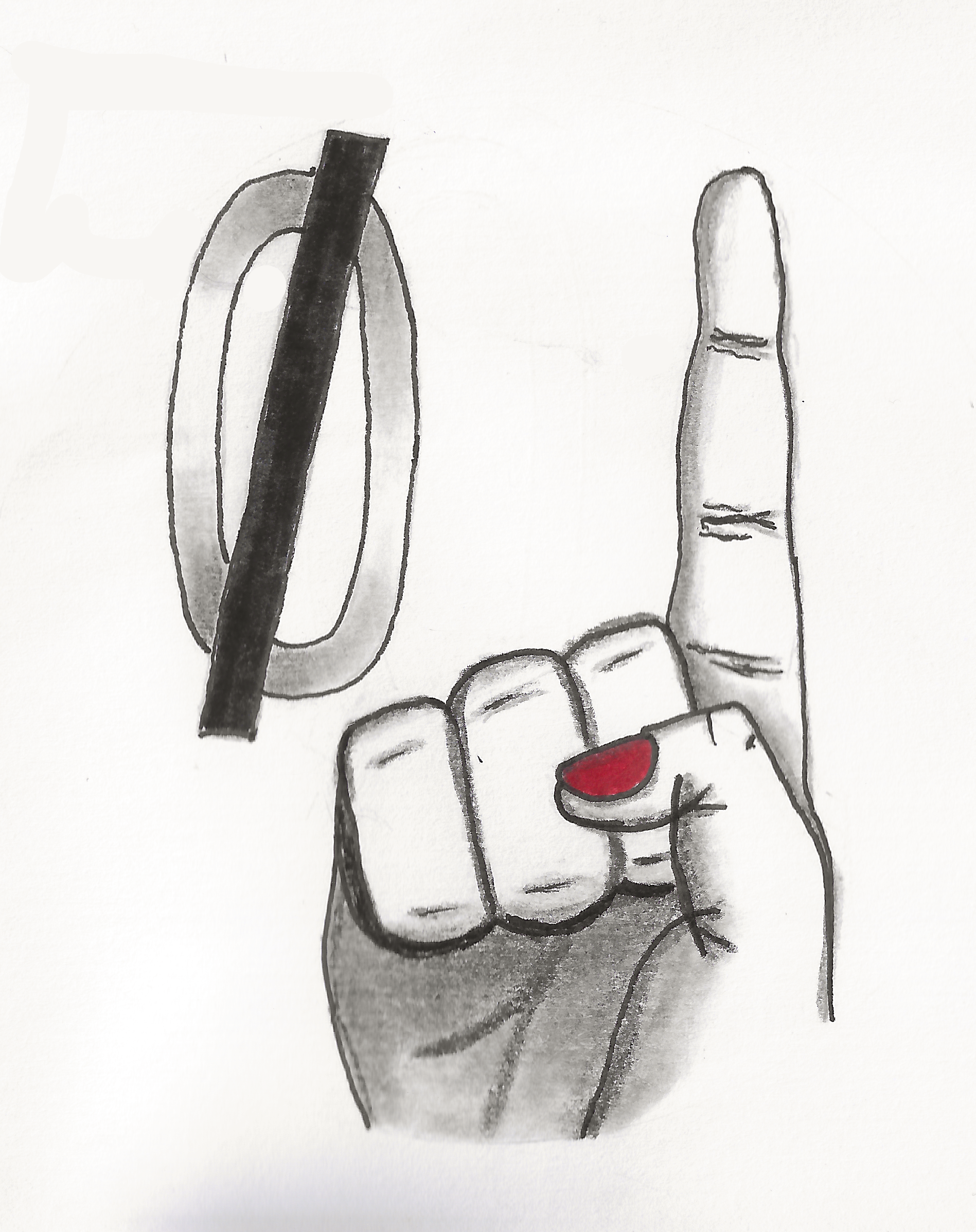- 1 Post
- 9 Comments
Not legal in Canada. Your legal name must use Latin characters only. This is a sore point for indigenous people.
 2·6 months ago
2·6 months agoI’m not sure why SHR would require any file system, it’s an abstraction that sits below that layer.
 3·6 months ago
3·6 months agoI don’t have a Synology, but I implemented SHR manually using mdadm and LVM. If you have a RAID 1 array you can just add disks to it and “upgrade” it to the next tier of your choice. So with 3 disks you could just go to RAID 5 and that chunk would now become RAID 5.
It wouldn’t be merged with any additional chunks directly. Rather, you’d use LVM to create a volume group with each chunk added (each chunk world be formatted into a PV). From that you would carve out your volumes and then your file systems on top of that.
This is a pretty simple layout and I imagine Synology is pretty close to this.
The best way, I found to do this is to actually first partition your drives into 2-4TB chunks. Each of these partitions is then added to a RAID array, minimizing waste if you have mixed size drives. e.g. with three disks the first partitions are grouped into one raid array (chunk) and then the second partition of each disk is grouped into the next array, etc.
So, in your case, I suspect the Synology created a 1TB partition on each of your 1TB drives. If you replace 2 of those, Synology would create 1TB partitions on the new drives that match the existing raw disk size. It would then create a new RAID 1 array using the 3tb of additional space that’s sitting on new 3tb partitions. LVM would then add this chunk to your volume(s).
Of course, that’s just my guess based on research I did a while ago to build my own array. Check out the Synology RAID calculator. It’ll give you some ideas about this, too.
There are a few voices included with pied which is why I suggested it.
Check out Pied: https://github.com/Elleo/pied

 4·10 months ago
4·10 months agoStart with a simple, basic service. Think of something like a web server or ntp. Understand how these services affect your environment with respect to security, performance, availability, maintenance, backups, other services, firewalls, routing, DNS, monitoring and notification, documentation, change control, etc. Those are the hard parts of hosting and if you find ways to be effective with a simple service the others will be less daunting.

 1·11 months ago
1·11 months agoExactly. The licensing and sublicensing structures in TV and film are way more complicated than in video games. They also intentionally license for relatively short durations for tax reasons and other corporate considerations that have nothing to do with the end viewer or consumer.

 19·11 months ago
19·11 months agodeleted by creator

 2·1 year ago
2·1 year agodeleted by creator

 4·1 year ago
4·1 year agodeleted by creator

 1·1 year ago
1·1 year agodeleted by creator

 2·1 year ago
2·1 year agodeleted by creator

 1210·1 year ago
1210·1 year agodeleted by creator

 1539·1 year ago
1539·1 year agodeleted by creator

 4·2 years ago
4·2 years agodeleted by creator

 11·2 years ago
11·2 years agodeleted by creator

 1221·2 years ago
1221·2 years agodeleted by creator

A bit of topic; am I the only one that pronounces it “butterface”?